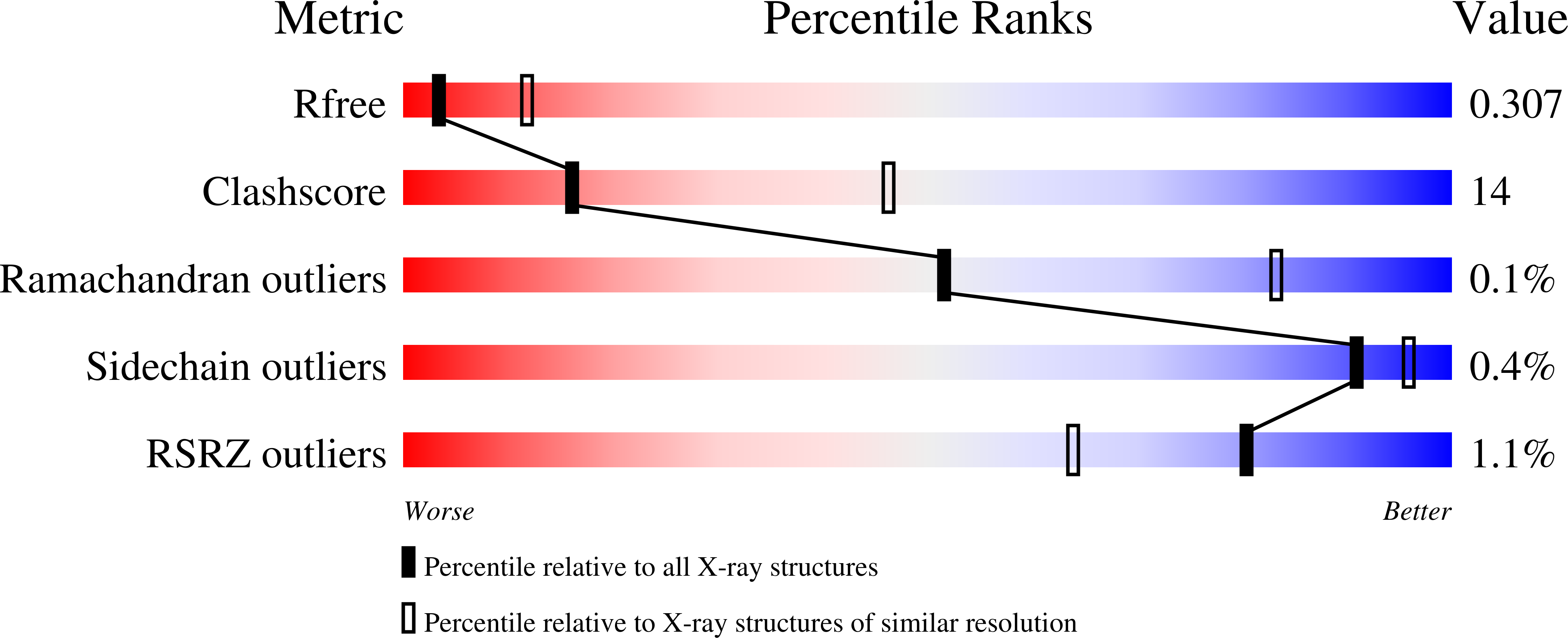
Deposition Date
2023-06-30
Release Date
2024-07-03
Last Version Date
2024-11-20
Entry Detail
Biological Source:
Source Organism:
Burkholderia pseudomallei (Taxon ID: 28450)
Host Organism:
Method Details:
Experimental Method:
Resolution:
3.10 Å
R-Value Free:
0.31
R-Value Work:
0.28
R-Value Observed:
0.28
Space Group:
P 21 21 21


